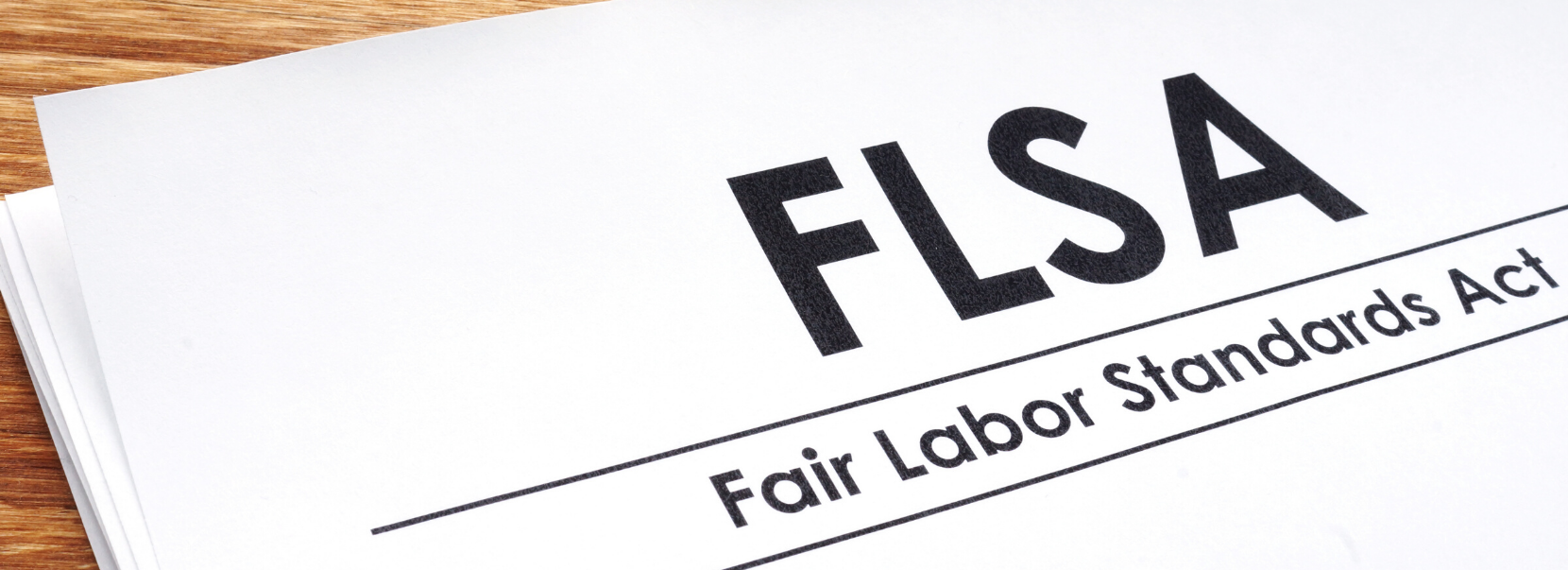The U.S. Department of Labor (DOL) yesterday announced its final rule on perks and benefits under the Fair Labor Standards Act (FLSA), defining what forms of payment are eligible for the time and one-half calculation when determining overtime rates.
Under FLSA, covered, nonexempt workers must be paid overtime at no less than one and one-half times their regular rate of pay if working over 40 hours in a workweek. Previously, employers were uncertain about the role that perks and benefits play when calculating the regular rate of pay. The new rule clarifies which perks and benefits must be included in the regular rate of pay, and those that employers can offer without risk of additional overtime liability.
Under the FLSA, covered, nonexempt workers must be paid overtime at no less than one and one-half times their regular rate for hours worked in excess of 40 in a workweek. Certain goods and services provided to the employee count towards the calculation of the regular rate. Today’s Final Rule specifies certain perks or benefits that will not affect the regular rate.
Referencing the significant expansion of employee compensation packages since 1950, (from an average of 5%, then to 33% today), sick leave and scheduling laws like the Fair Workweek Ordinance (read more about Chicago’s Fair Workweek Ordinance here), the updates expressly restrict certain requirements and penalties for FLSA overtime purposes. The exclusions follow many employment trends, as the DOL seeks to “modernize” the regulations.
Perks and benefits that are excluded from the rate of regular pay include:
- The cost of providing certain parking benefits, wellness programs, onsite specialist treatment, gym access and fitness classes, employee discounts on retail goods and services, certain tuition benefits (whether paid to an employee, an education provider, or a student-loan program), and adoption assistance;
- Payments for unused paid leave, including paid sick leave or paid time off
- Payments of certain penalties required under state and local scheduling laws
- Reimbursed expenses including cellphone plans, credentialing exam fees, organization membership dues, and travel, even if not incurred “solely” for the employer’s benefit; and clarifies that reimbursements that do not exceed the maximum travel reimbursement under the Federal Travel Regulation System or the optional IRS substantiation amounts for travel expenses are per se “reasonable payments”
- Certain sign-on bonuses and certain longevity bonuses
- The cost of office coffee and snacks to employees as gifts
- Discretionary bonuses
- Contributions to benefit plans for accident, unemployment, legal services, or other events that could cause future financial hardship or expense
Other important notes:
- The final rule alters the restrictions for call-back pay (additional compensation received when an employee is “called back” to work beyond regularly scheduled hours), permitting pay for such work to be excluded from the regular rate calculation where the payments are not “prearranged.”
- The rule updates the regulations on the “basic rate” – an alternative to the regular rate under specific circumstances.
- The rule also clarifies that the label given to a bonus does not determine whether it is discretionary, and provides examples of which bonuses must be included in the regular rate of pay and which do not need to be. One timely example, a holiday bonus, even if provided year over year with regularity, is in the nature of a gift and is generally not tied to the recipient’s hours worked, production, or efficiency. Therefore, it is discretionary and excludable from the regular rate.
As a result, there will likely be an increase in certain perks and benefits offered to employees, as those excluded from FLSA calculations will be of interest to employers looking to motivate and reward workers. The DOL anticipates an economic impact of $281 million in reduced litigation fees over the next decade.
For more information or questions about the final ruling on perks and benefits by the DOL, please contact a member of Gould & Ratner’s Human Resources and Employment Law Practice. The Final Rule will publish on December 16, 2019, in the Federal Register, with an effective date of January 15, 2020.

